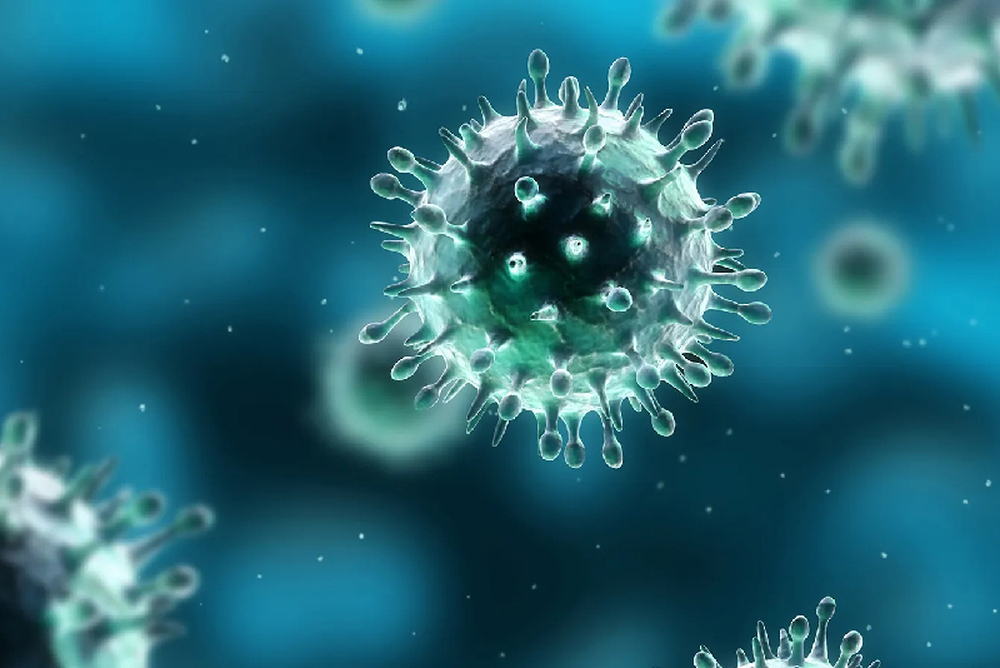
Cambridge - Saba:
In a promising scientific breakthrough, a research team from the Massachusetts Institute of Technology (MIT) in the United States, along with partner scientific institutions, has identified chemical compounds capable of stimulating natural defenses within human cells. This discovery lays the groundwork for the development of broad-spectrum antiviral drugs that target multiple types of viruses, rather than focusing on a single one.
The team explained that their research involved screening a vast library of around 400,000 chemical compounds and using advanced optogenetic techniques to test the ability of these compounds to activate the integrated stress response (ISR) pathway—a cellular defense mechanism triggered when a cell is exposed to infection or environmental stressors.
Using a light-based method to activate cellular proteins, the researchers tested the effects of thousands of compounds on human cells and identified approximately 3,500 with antiviral properties. These were further evaluated to select those most effective and safest. Among them, three compounds—IBX-200, IBX-202, and IBX-204—were singled out for their ability to significantly reduce viral infection levels in cells infected with the Zika virus, herpes virus, and respiratory syncytial virus (RSV).
Experimental results showed that these compounds did not affect uninfected cells, indicating a high safety profile. Lead researcher Felix Wong stated: “Typically, antivirals are developed to target a single type of virus. But with this approach, we’re activating the host cell’s own defenses, allowing for the development of a new class of antivirals with broad-spectrum capabilities.” He noted that this could mark a major shift in the treatment of viral diseases, particularly when dealing with emerging or mutating viruses that are difficult to control with traditional drugs.
These compounds work by enhancing the cell's own response to viral stress. When a virus enters a cell, it produces double-stranded RNA molecules that trigger the ISR pathway. This leads to a shutdown of protein production necessary for viral replication. The newly identified compounds accelerate and amplify this response—even in the presence of small amounts of virus—giving the cell a better chance to resist infection.